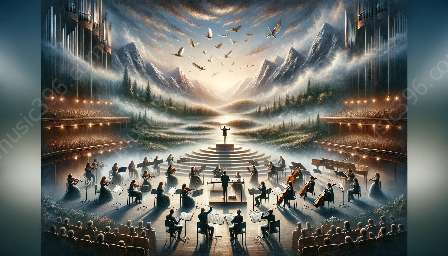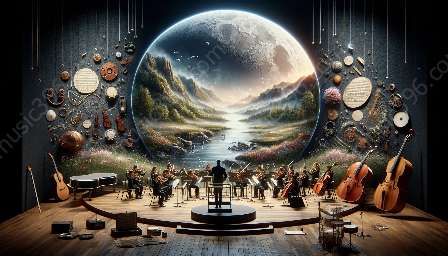The key elements of avant-garde music have significantly contributed to the evolution of music history, representing a departure from traditional norms and paving the way for unique and innovative sounds. To understand these elements, we must explore the historical context, references, and distinct characteristics that define avant-garde music.
Historical Background
Avant-garde music emerged in the early 20th century as a radical departure from established musical conventions. It sought to challenge the boundaries of traditional music and push the limits of experimentation. Artists and composers, inspired by the cultural and artistic shifts of the time, embraced avant-garde approaches to create music that defied expectations and norms.
Exploring Music History
The roots of avant-garde music can be traced back to the works of pioneering composers such as Arnold Schoenberg, who developed atonal music and twelve-tone technique, fundamentally altering the structure and tonality of classical music. Additionally, the influential movement of musique concrète, spearheaded by Pierre Schaeffer and Pierre Henry, introduced the use of recorded sounds and electroacoustic elements, further expanding the possibilities of musical expression.
Characteristics of Avant-Garde Music
Avant-garde music is defined by several key elements that distinguish it from traditional genres:
- Experimental Techniques: Avant-garde composers and musicians explore unconventional techniques, including extended vocal and instrumental methods, aleatoric elements, and unconventional instrumentation, to break free from traditional constraints and create new sonic experiences.
- Innovative Sound Structures: Avant-garde music often challenges traditional harmony, melody, and rhythm, incorporating dissonance, irregular meter, and unpredictable tonal shifts to create compositions that defy standard musical expectations.
- Exploration of Noise and Silence: Avant-garde artists embrace the use of non-musical sounds, as well as periods of silence, to expand the sonic palette and provoke thought-provoking experiences for the listener.
- Interdisciplinary Collaboration: Avant-garde music often extends beyond the confines of traditional musical mediums, incorporating elements of visual arts, literature, and performance to create multi-sensory experiences that transcend traditional boundaries.
Influential References
Avant-garde music has left an indelible mark on the broader musical landscape, inspiring and influencing numerous genres and artists. From the groundbreaking works of John Cage, known for his exploration of chance and indeterminacy, to the boundary-pushing compositions of Karlheinz Stockhausen, avant-garde music has provided fertile ground for experimentation and innovation across diverse musical spheres.
Impact and Legacy
The impact of avant-garde music extends beyond its initial emergence, shaping the evolution of contemporary music and expanding the possibilities of sonic expression. Its influence can be seen in various genres, ranging from electronic music and avant-rock to the integration of experimental elements in modern classical compositions.
Conclusion
The key elements of avant-garde music encompass a rich tapestry of historical significance, innovative characteristics, and influential references that have significantly shaped the trajectory of music history. As avant-garde music continues to inspire and challenge contemporary musical practices, its legacy remains an integral part of the ever-evolving landscape of musical expression.









































